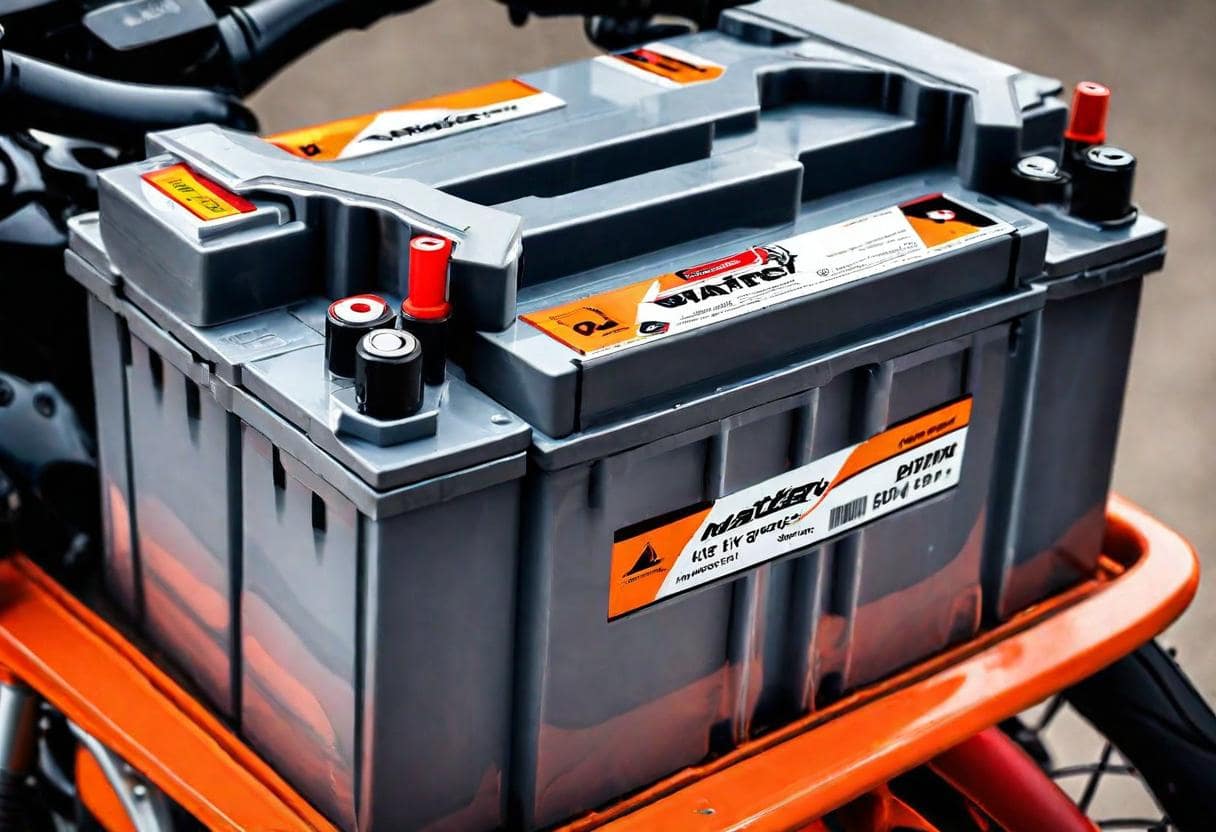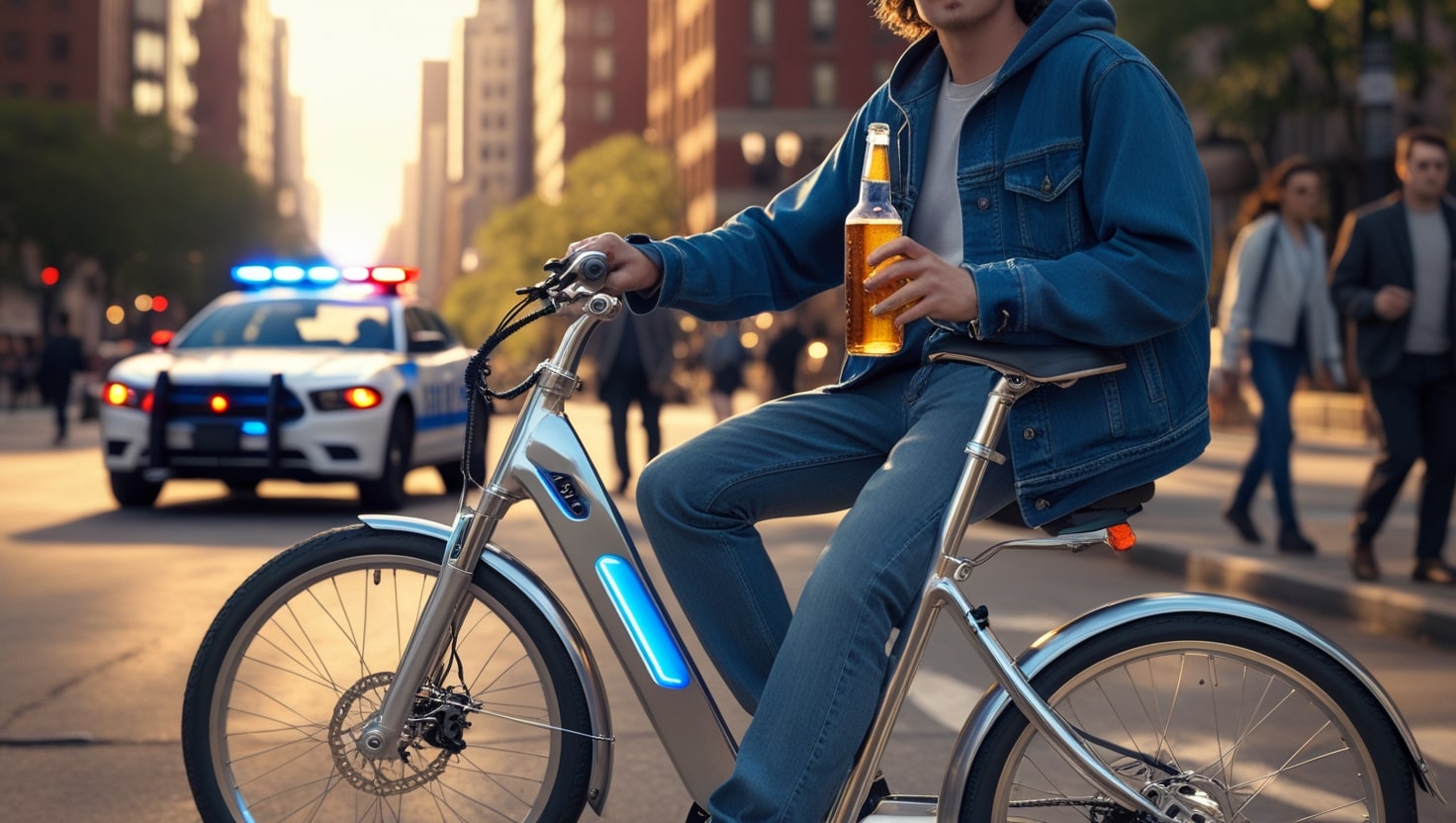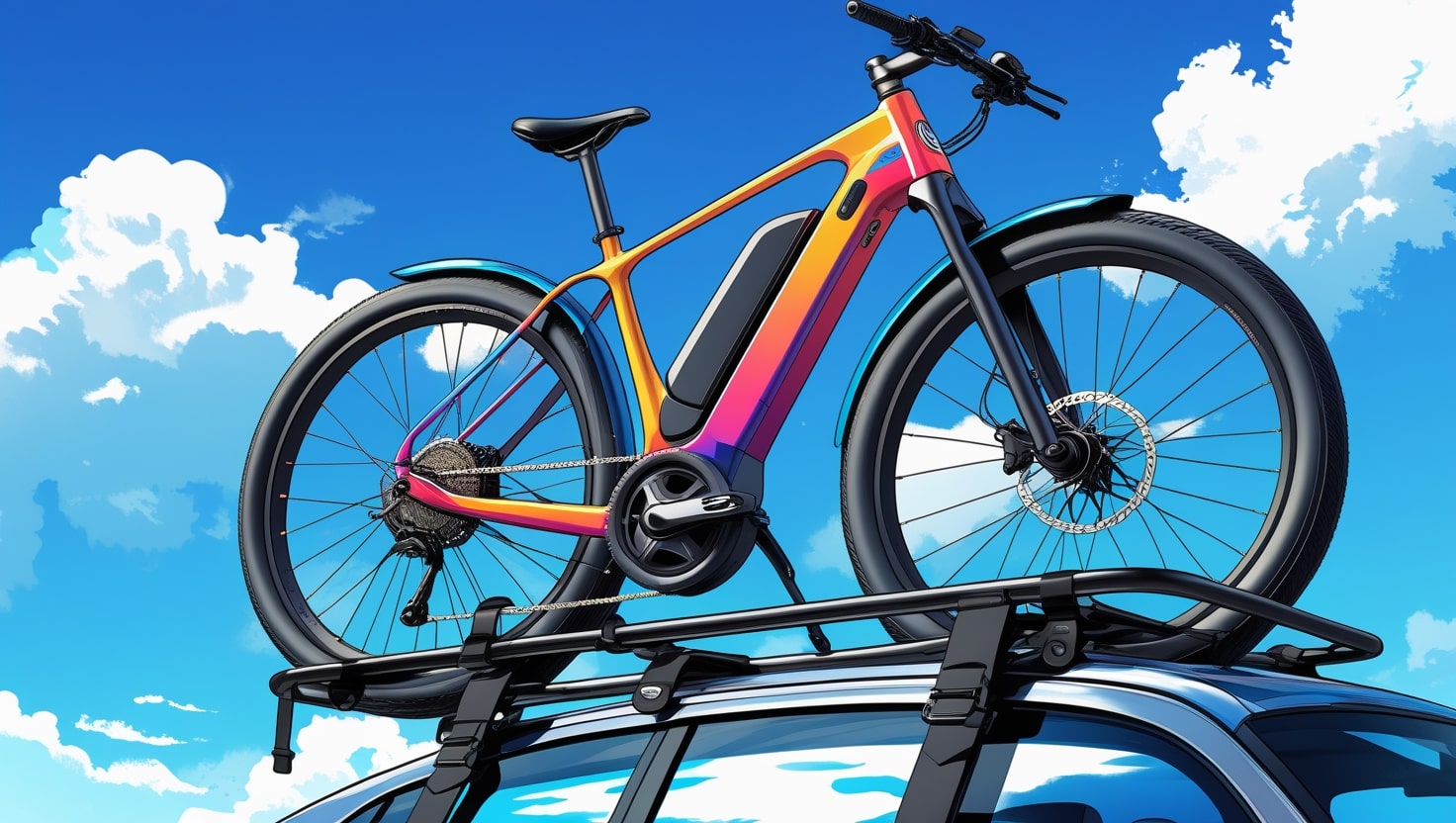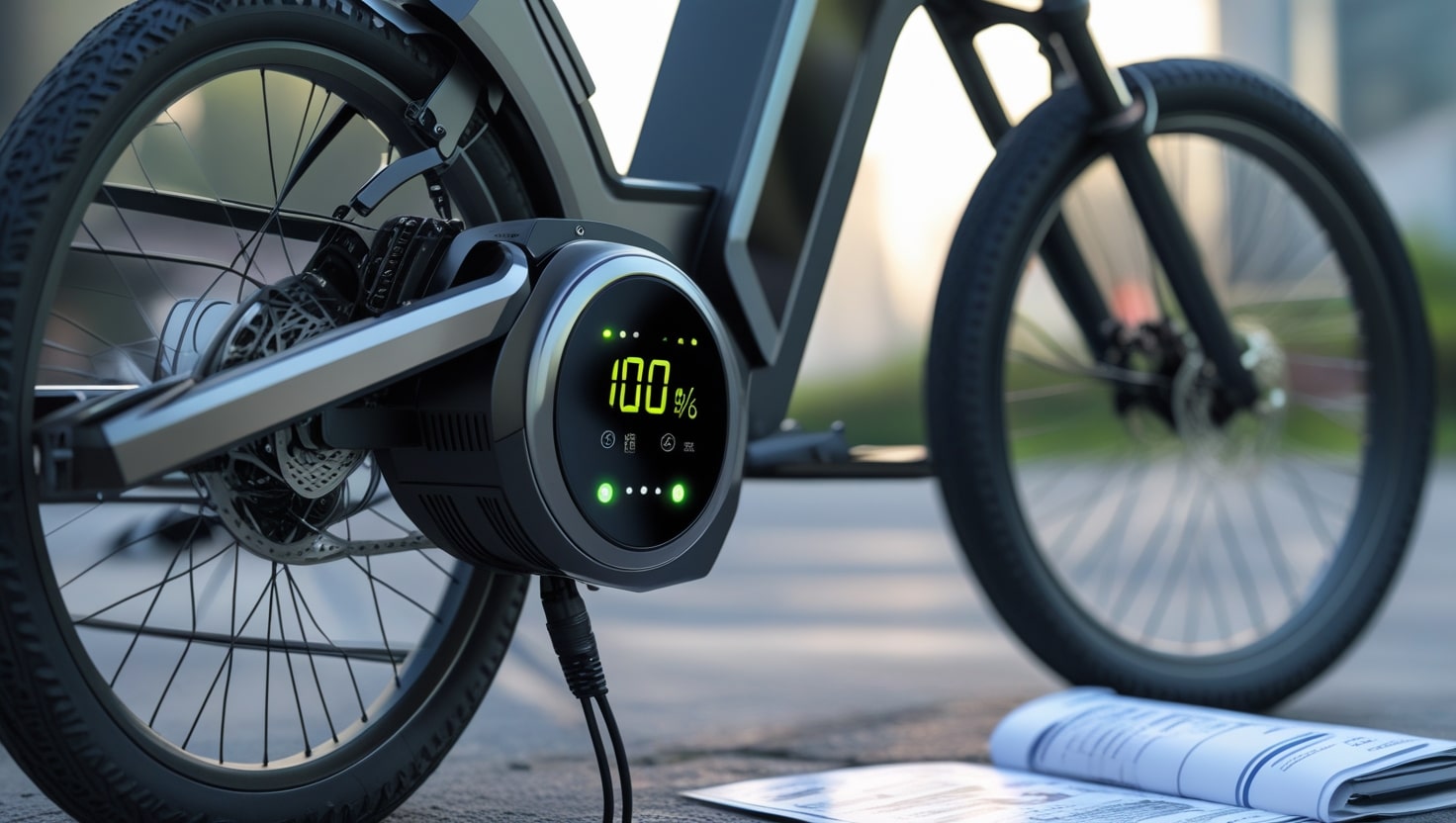When you’re wondering how long does a motorcycle battery last, it’s important to understand that a motorcycle battery is typically designed to last between 3 to 5 years. However, this can vary significantly. I’ve seen some batteries go much longer and others die out shorter than expected. This variation largely depends on how the battery is used—whether your bike requires a lot of cranking to start, how the battery is stored, and the overall needs of your motorcycle.
These factors directly influence the expected lifespan of the battery. Unfortunately, there isn’t a simple one size fits all answer to this, as each situation can be quite different, making it difficult to provide a definitive timeframe without considering these variables. However, understanding these aspects can help you manage and extend your battery’s life, avoiding inaccurate assumptions about its longevity.
What is the average life of a bike battery?
Some of you may remember the old candy advertising campaign from the 1980s that asked, “How many licks does it take to get to the center of a Tootsie Pop?” The answer remained unclear—no one could ever say for sure. In a similar way, figuring out how long a motorcycle battery will last can be a bit like that; it’s a question with no single answer because it’s so subjective.
From a more scientific point of view, the lifespan of a battery can be measured by the number of starts it can provide. A lead-based battery like an AGM or lead acid type should give you around 1,000 starts, while a lithium battery might offer 2,000ish starts before it’s chemically worn out. However, even these numbers vary considerably depending on how your engine is tuned and how many rotations it needs before it fires up.
With so many variables at play, it’s clear that the average biker can expect their battery to last around 3-5 years, but this can change depending on usage and care.
Related: How Heavy is a Motorcycle?
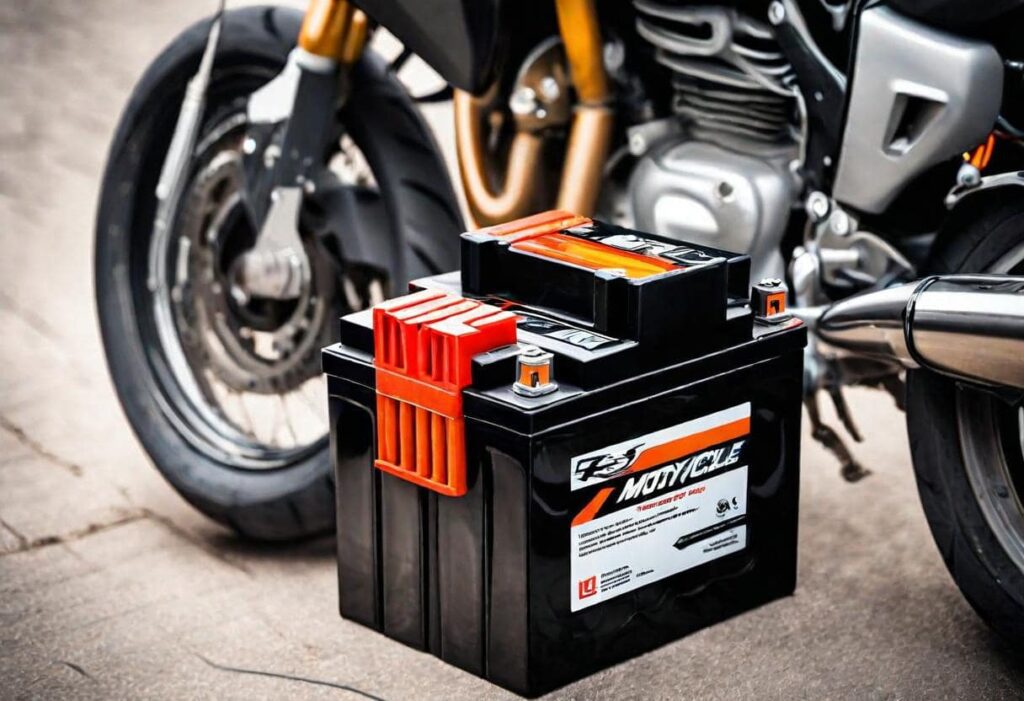
Winter Storage plays a role:
When thinking about how long does a motorcycle battery last, especially during winter or in cold weather, it’s important to follow a proper storage regimen. For lead-based batteries like AGM, it’s strongly recommended to use a quality tender or maintainer to keep the battery in top condition. This ensures that your battery remains healthy regardless of the storage conditions.
However, lithium batteries are a bit different. The best approach for winter storage is to disconnect the battery from the bike if it won’t be used for long periods. This method helps to prevent over-discharge, as a disconnected lithium battery will not self-discharge much over six months.
Speaking of winter storage, how often should I start my motorcycle to keep the battery charged?
When considering how long does a motorcycle battery last, especially during winter, many riders wonder how often they should be starting their bike to keep the battery charged. It’s important to know that simply starting your bike for short periods, like 15 minutes, at idle won’t do much good. Most motorcycle battery systems do not adequately charge the battery at idle speed. This practice can discharge the battery, leaving it with less charge than before you started.
When we speak to customers about battery care, the best advice we give is to ride as often as possible. A well-exercised battery will generally last longer than one that is seldom used. However, if you’re not using your motorcycle regularly, you might wonder how long a motorcycle battery can last without use. From what we’ve seen, lead-based motorcycle batteries can go about six months on a shelf without charge, while a lithium LiFePo4 motorcycle battery can last upwards of a year.
For those storing their bikes for extended periods, we highly recommend keeping an AGM or flooded-type battery connected to a maintenance charger or at least charged every two months if stored unconnected from the bike. While lithium batteries can sit without being charged for longer, it’s still a good idea to use a lithium maintainer every few months to ensure everything stays healthy.
Related: How Much Do Electric Bikes Weigh?
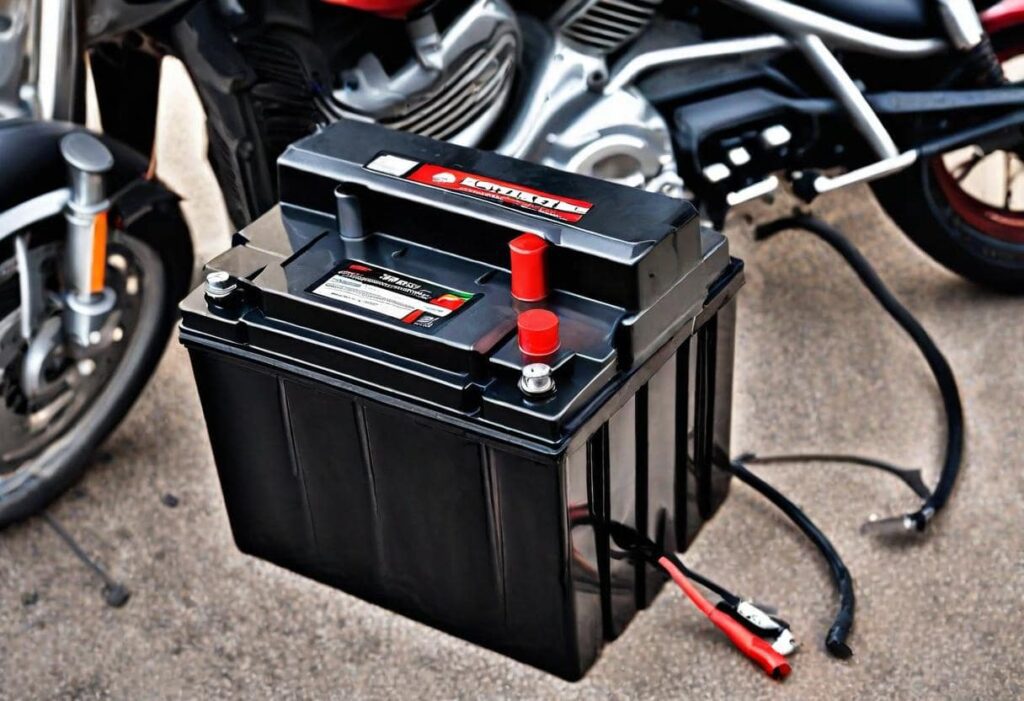
How do you know when your motorcycle needs a new battery?
When considering how long does a motorcycle battery last, it’s essential to know the signs of when it might be time to replace it before it goes bad. The simple answer is that you’ll usually know when it’s about to fail. The good news is that the signs are often quite simple to spot.
Rather than worry about specific timeframes or dates, the best advice is to monitor your battery’s performance closely. If you notice a slow engine response or the starter doesn’t spin as fast as it should, it’s probably time to replace your motorcycle battery. It’s always better to do this at home rather than risk a failure out on the road or trail.
Once you’ve made it to the end of your battery’s lifespan, having a good understanding of proper battery care and maintenance will help keep your bike ready for the next ride. This means protecting your battery from the elements during winter to avoid the dread of a dead battery in the spring.
What to do next? The best and most straightforward solution is to use a simple charge maintainer. This will help keep your battery fresh and ready to take you to new adventures at the first sign of spring. The chargers and maintainers available in the motorcycle charger section are sized perfectly for your motorcycle batteries and offer simple plug-and-play battery maintenance. This will remove any worry about your motorcycle battery’s lifespan and ensure you’re good to go as soon as the frost melts.
Related: Are Retrospec Bikes Good?
How Can I Make My Battery Last Longer?
If you want to extend the life of your motorcycle battery, proper care is essential. In Lebanon, where taking care of your bike is a year-round process, learning how to prepare for winter is key to getting the most out of your battery and other components. When storing your bike during the colder months, make sure to disconnect the battery and attach it to a battery tender or trickle charger.
Always find out how long to charge your motorcycle battery by checking your owner’s manual. For most bikes, you should keep charging until you reach a full charge of around 12.73 volts or higher. Also, try to avoid storing your battery in a cold place during winter as this can shorten its lifespan.
How to Charge a Motorcycle Battery in Winter
When it comes to maintaining your motorcycle battery during cold weather, it’s important to create a good winter storage system. This is especially true if you live in places like Portland or Albany, where cold temperatures can be harsh on your bike. Diving deeper into bike care during the winter, purchasing a charger designed to handle your battery all season long is key to extending its lifespan.
There are several types available to help with this.
1. Trickle chargers are the easiest to use for all motorcycle batteries. These fully manual chargers take AC power and convert it to DC, making them simple yet effective.
2. Float chargers are another alternative and are popular for their steady and gentle current flow that lasts through the entire winter.
3. If you prefer to take the guesswork out of how long to charge your motorcycle battery, a smart charger is a great option. Smart chargers can automatically adjust the current as the battery gets closer to full, cutting the current when needed.
5 Signs You Need a New Motorcycle Battery
Slow Cranking: If your engine turns over sluggishly or you hear a clicking sound when starting, it likely indicates that your starter motor is underpowered due to a weak battery. This could mean your bike may fail to start completely after a few attempts.
Chronic Low Voltage: Experiencing trouble with cold starts? Your battery might not be storing enough charge to start your motorcycle, signaling that you might need a replacement.
Dimmed Headlights: If your lights don’t appear bright enough even when the engine is not running, it could point to a weak battery. You might also find that the lights brighten when you rev the engine because the alternator is pushing voltage into the battery. While this is normal, the fluctuation should not be very noticeable.
Swollen or Leaking Casing: A swollen or punctured battery casing is hazardous as it may explode or leak corrosive and toxic cell contents. If the electrolyte spills out of the casing, the battery can’t operate as intended.
Corroded Terminals: Corrosion on the terminals is normal for most battery types and should be cleaned regularly to restore battery health. However, if the corrosion has gone beyond a certain limit and the terminals are eaten away to the point of no return, there is no alternative but to replace the battery. Exactly how badly they are corroded is something you’ll have to judge.
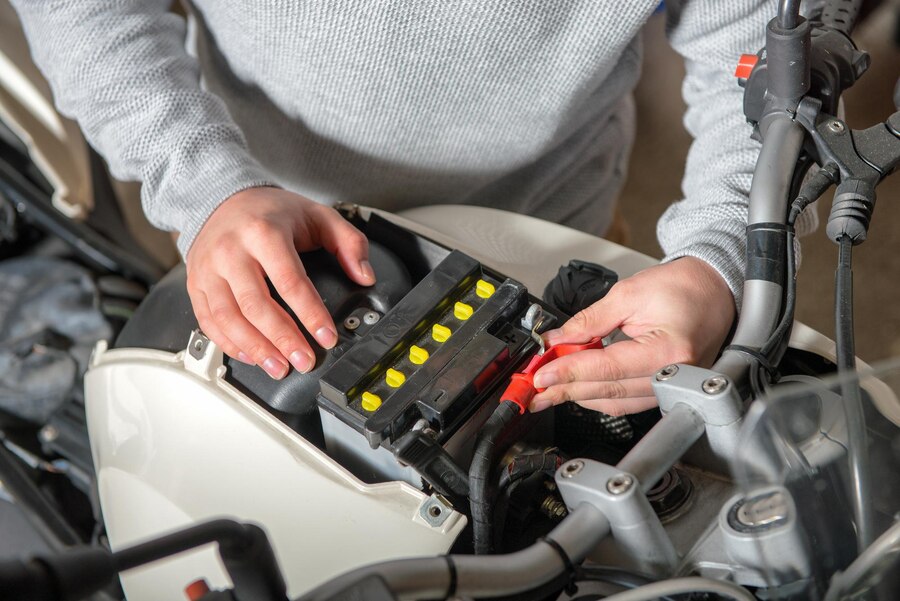
The 4 Different Types of Motorcycle Batteries
| Criteria | Wet Cell Battery | AGM Battery | LiFePO4 Battery | Gel Battery |
|---|---|---|---|---|
| Lifespan | 2-5 years | 3-5 years | Up to 10 years | Up to 20 years |
| Maintenance | Requires regular maintenance | Virtually maintenance-free | Virtually maintenance-free | Virtually maintenance-free |
| Charging Time | Shorter than gel | Shorter than lead-acid | Shortest than AGM, gel, and lead-acid | Longer than lead-acid |
| Self-Discharge Per Month | 5% per month | 1-3% per month | 0.5-2% per month | 1-3% per month |
| Maximum Depth of Discharge (DOD) | 80% | 50% | 100% | 75% |
| Weight Per 100 Ah | 32 kg | 28.5 kg | 12.5 kg | 30 kg |
| Performance in Cold Temperatures | Decreases | Better than lead-acid | Best performance | Better than average performance |
| Environmental Impact | Can be harmful if not disposed properly | More eco-friendly than lead-acid | Most environmentally friendly | Leak and spill-proof. Safer than AGM and lead-acid |
| Vibration/Tipping Resistance | Poor | Average | Very good | Good |
| Price | Inexpensive | About 30% more expensive than lead-acid | 50% more expensive than Gel | More expensive than AGM and lead-acid |
FAQs
What destroys motorcycle battery?
Overcharging, extreme temperatures, and lack of maintenance are the main factors that can destroy a motorcycle battery. Frequent short rides without sufficient time for the battery to recharge fully, along with corrosion on the terminals, can also contribute to a shorter lifespan. To keep your battery healthy, ensure regular charging and cleaning of terminals, and avoid exposing it to harsh conditions.
What kills a battery on a motorcycle?
Frequent short rides, overcharging, and extreme temperatures are the main factors that can kill a motorcycle battery quickly. Leaving lights on, parasitic drains, and lack of maintenance also contribute to a shorter lifespan. To extend your battery’s life, make sure to charge it properly, avoid unnecessary drains, and keep it away from harsh conditions. Regular care and attention can help prevent these issues.
How do you tell if a motorcycle battery is bad?
If your motorcycle has slow cranking, dim headlights, or the engine struggles to start, these could be signs of a bad battery. Chronic low voltage, swollen casing, or corroded terminals also indicate that your battery might need replacing. Regular maintenance and checking for these symptoms can help you avoid getting stranded with a dead battery. Keep an eye out for these issues to ensure your battery stays reliable.

